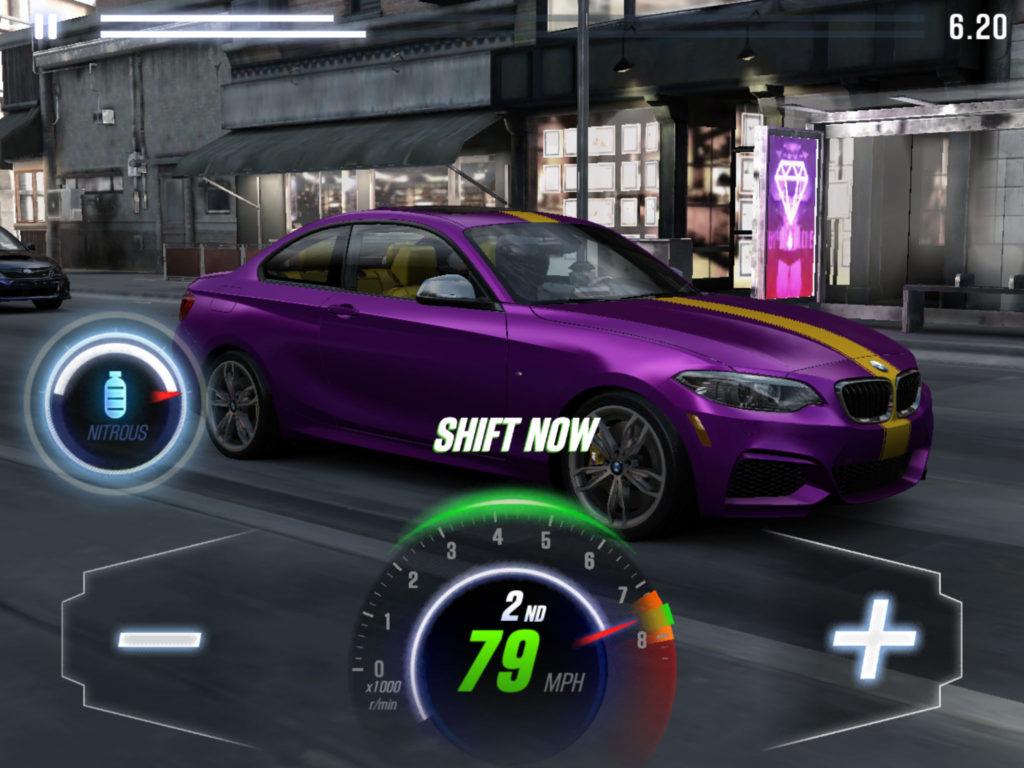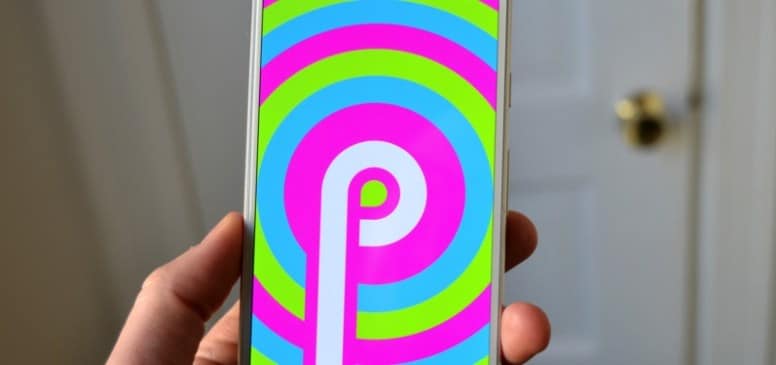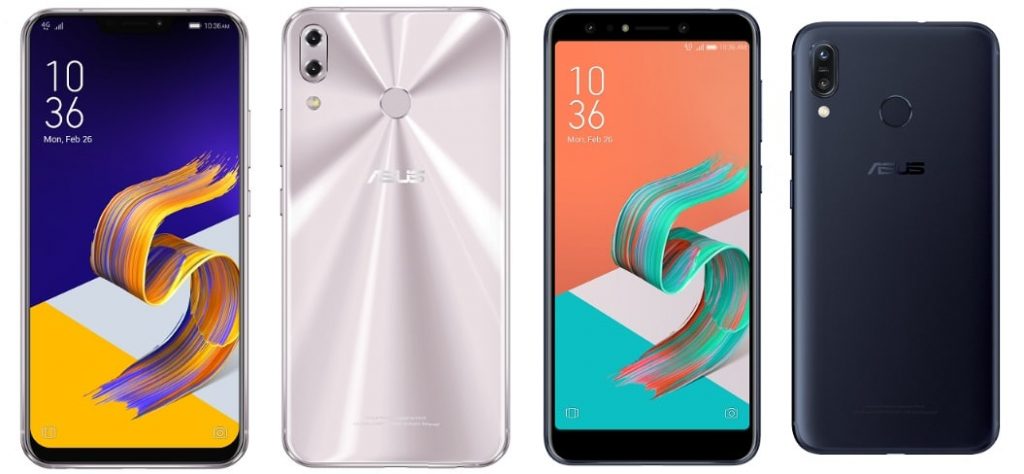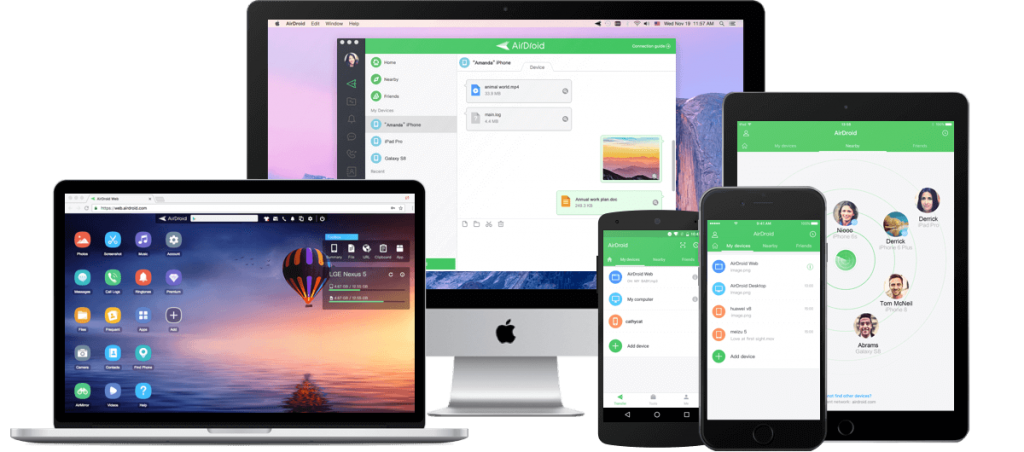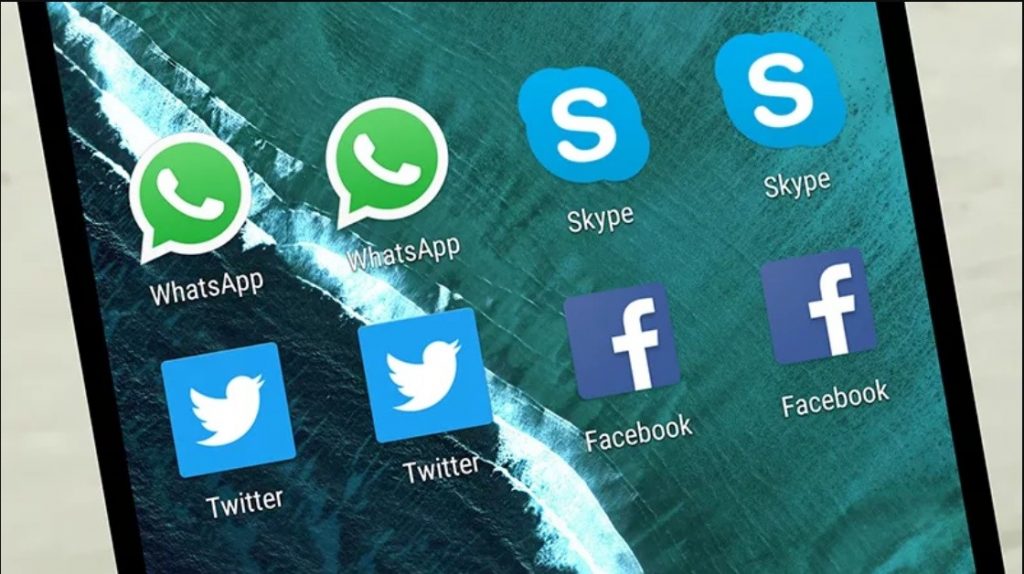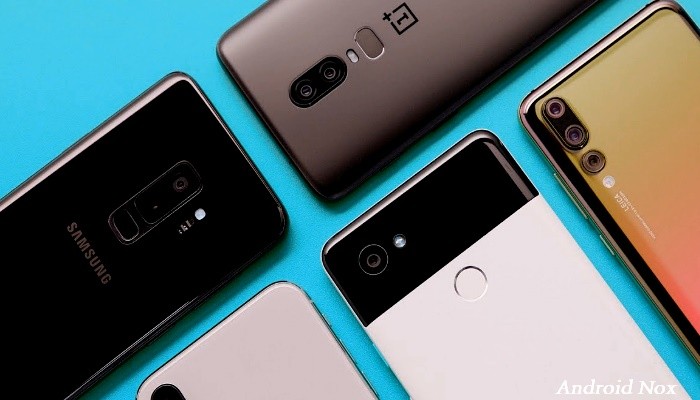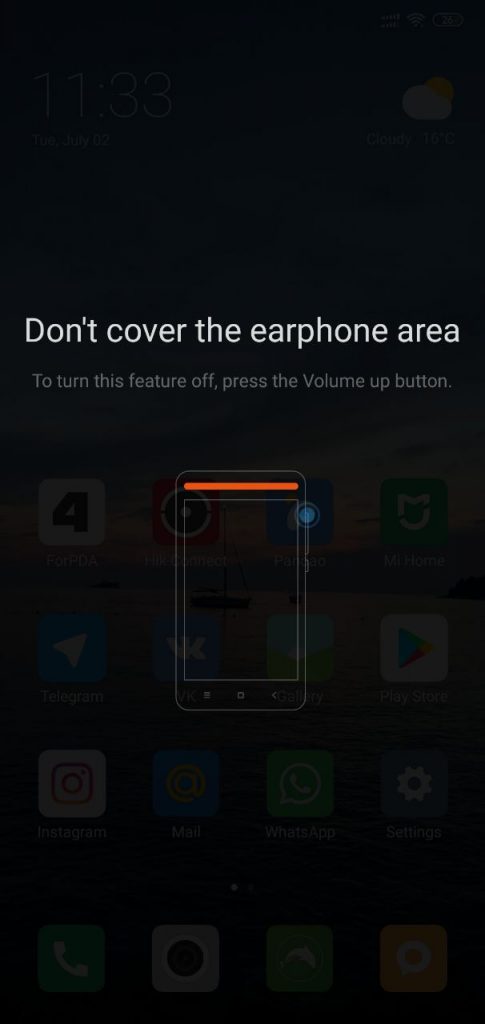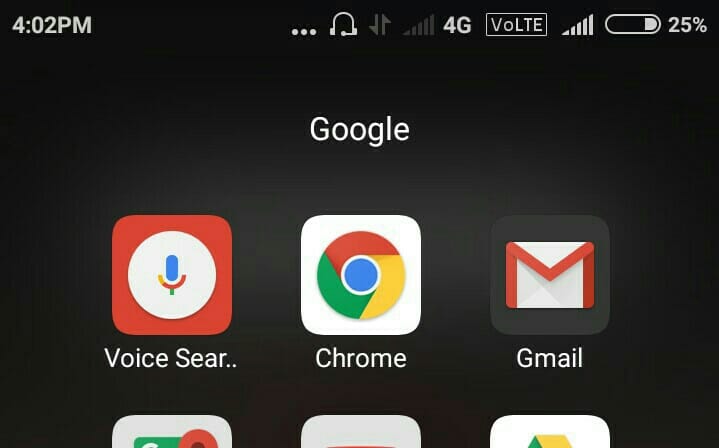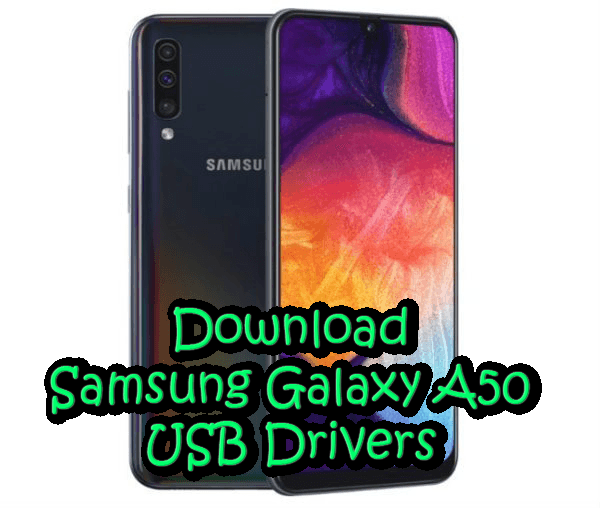10 years ago Google introduced a version of Android for tablets, since then, everything has been a silent desert. With the introduction of Windows 11 and, despite having a minimal market share in tablets, Microsoft introduced an optimized operating system for tablets, with an interface adapted to this format and specific functions. For its part, Apple separated its operating system two years ago in iOS and iPadOS to give even more prominence to the software of its tablets.
Android has been missing a train for years that it could lead, leaving software optimizations to manufacturers. We are going to tell you how Google missed the tablet train 10 years ago and to review the situation of the operating system in this market. We already anticipate that the summary is clear: Android, as an operating system on tablets, is forgotten.
Google has forgotten about tablets, while its rivals have gone for them
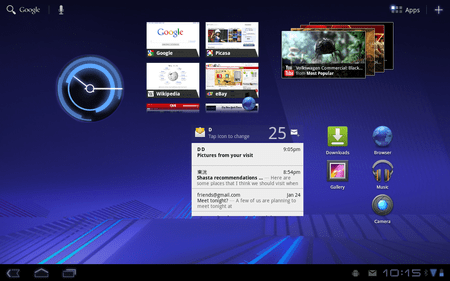
This here is Android 3.0 Honeycomb. The last time Google took tablets seriously was 10 years ago.
To remember the last time that Google tried to orient Android towards tablets we have to go back to 2011, the year in which Android 3.0 Honeycomb was introduced. This was a version by and for tablets which, in fact, could not work on other phones.

Con Honeycomb Google had it all to lay the foundation for tablet operating systems. In fact, time has proved him right, and that is that the widgets, multi-window and other elements of Android ended up being adapted by their rivals.
Currently, Android for tablets is the same mobile version, but horizontally. This ends up causing a good part of the apps to be not optimized for the size of the tablets.
Since then, there has not been a version optimized for this format. Currently, Android on tablet is the mobile version adapted to the horizontal format, so there are not a few apps that, despite having been on the market for years, do not have an adequate interface.
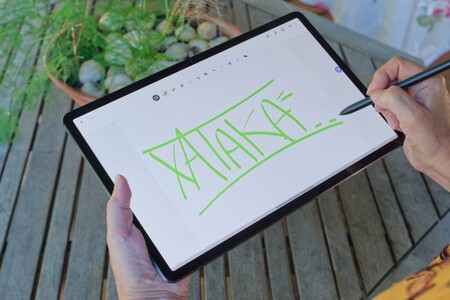
Manufacturers like Samsung implement extra functions to their customization layer on tablets, although apps are still a problem.
The responsibility for making Android a system better adapted to Android has fallen on the manufacturers themselves. Samsung, the second seller worldwide at the level of tabletsIt has dedicated modes to open apps in windows, integration with the S-Pen and some additions but, as we indicated in the review of its flagship, the Samsung Galaxy Tab S7 +, apps are still a mess.
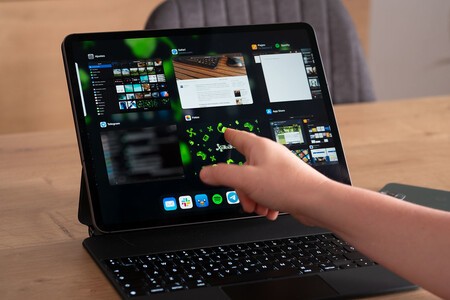
The iPad is still far from replacing the PC, but its operating system is designed by and for its tablet format.
On the Apple side, it has always stood out for offering a superior experience at the level of apps and format with the iPad. The leap forward came in 2019 with iPadOS, an exclusive operating system version for iPad, with a format more oriented than ever to horizontality and with better multitasking than on iOS.
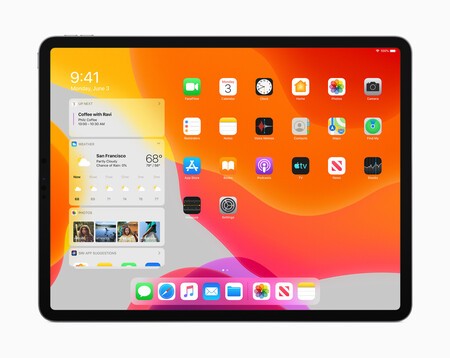
iPadOS has validated many of the features we already had on Android.
As we anticipated, iPadOS served to validate many of the ideas of Android: the widgets on the main screen, simultaneous use of two applications … Bases that were already established in Android, but which Apple has ended up taking better advantage of.
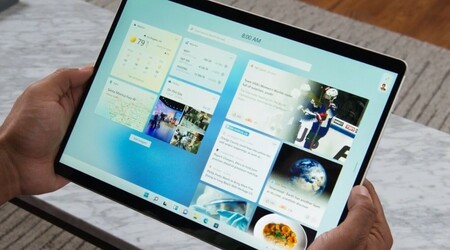
With Windows 11 come major improvements for tablets and the experience is even more focused on touch.
The last to overtake Google on the left in optimizing software for tablets was Microsoft with Windows 11: the quintessential system for PCs is now more optimized for tablets than Android. The Windows 11 interface is automatically adapted for PC or tablet mode, the haptic response has been taken care of, the UI elements have different shapes to take advantage of the formats, etc. Small additions that show interest in differentiating the tablet versus PC experience.
Generous market share: Android tablets keep selling
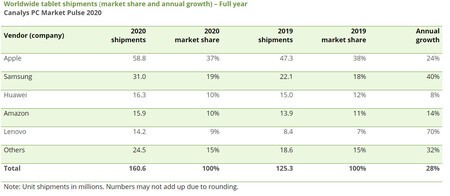
In 2020, 160 million tablets were sold, an increase of almost 30% compared to 2019. Apple is the undisputed leader in market share, but Android is in number of models, since there are multiple manufacturers selling Android tablets.
If we look at the Android numbers, Samsung has a 19% share, a figure to which without only adding 10% of Huawei and 9% of Lenovo would already exceed 30% of Apple. In other words, Apple sells the most tablets, but there are more Android tablets on the market.
With the tablet market rebounding after years of declines, Google had a great opportunity with Android 12 to adapt its new design, ‘Material You’ to tablets. In the presentation of this system there were no news for tablets, as every year, for 10 years.
FuchsiaOS: the solution to the problem?
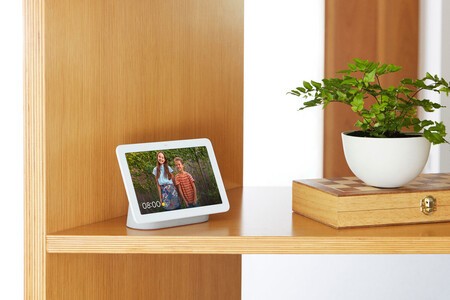
The last hope of seeing a tablet-optimized Google OS falls on FuchsiaOS, the operating system that will come to replace Android, with a clear cross-platform focus.
With FuchsiaOS Google has a great opportunity to differentiate its operating system on mobiles with respect to tablets
Jumping to a new operating system that aims to lead on mobiles, tablets, home devices and more can be Google’s great opportunity to present a system that differentiates the user experience on mobile and tablet. The first steps of FuchsiaOS, yes, leave some doubts, since FuchsiaOS in the Google Nest is exactly the same as Android, only with small changes at the development level.
